If your ski boots hurt, you're not alone - 90% of skiers deal with this issue. The main culprits? Wrong size, poor fit, pressure points, overly stiff boots, or worn-out liners. Painful boots can ruin your day on the slopes, leading to blisters, numbness, and even nerve damage. But the good news? There are fixes.
Here’s a quick breakdown of solutions:
- Get a proper fit: Professional bootfitting, heat molding, and custom insoles can work wonders.
- Replace worn-out liners: Liners lose cushioning over time; swapping them out can restore comfort.
- Adjust buckles and socks: Loosen over-tightened buckles and switch to thin, moisture-wicking socks.
- Consider alternatives: Products like Snowfeet let you skip ski boots altogether, using your winter shoes or snowboard boots instead.
Want to hit the slopes pain-free? Start by checking your boot size, fit, and liner condition, or explore more comfortable gear like Snowfeet. Keep reading for tips to fix common ski boot issues and learn how to make skiing enjoyable again. :)
The 5 Biggest Ski Boot Issues Skiers Face
Main Reasons Ski Boots Hurt
Ski boot pain usually comes down to three common issues, all of which can be addressed with the right approach.
Wrong Boot Size
One of the biggest culprits behind ski boot discomfort is wearing the wrong size. Many people mistakenly buy boots that are too big, hoping for the same kind of comfort they’d expect from regular shoes. But oversized boots allow your feet to move around inside, creating instability, rubbing, and - yep - blisters. On the flip side, boots that are too small can squash your toes and mess with circulation.
Sam Tischendorf, a professional bootfitter, explains what a proper fit should feel like:
"An ideal fit allows slight toe movement while keeping mid-foot and ankle secure."
Here’s a quick way to check your fit: Stand up straight in your boots. Your toes should lightly touch the front. When you lean back against your ankles, the boot should gently pull your toes away. And when you press your shins forward, your heels should stay locked in place. Experts generally agree that it’s better to go slightly smaller than larger because boot fitters can tweak the shell to improve the fit.
Even if the size is spot on, the shape of the boot might not match your foot perfectly, which brings us to the next issue.
Bad Fit and Pressure Points
Every foot is unique, and ski boots aren’t exactly one-size-fits-all. This mismatch can lead to pressure points - common trouble spots include the toes, heel, metatarsals, malleolus, and instep. These pressure points can cause soreness, blisters, and even nerve compression. If you’re feeling pain on the top of your foot, it’s often a sign of poor fit or pressure spots.
Another problem? Over-tightened buckles. Cranking them too tight can cut off circulation and compress nerves, leaving you with numb, cold feet. In severe cases, this can lead to something called ski boot compression syndrome, where excessive pressure irritates nerves and tendons, causing conditions like neuritis and tenosynovitis. The instep area is especially prone to these issues. Pain here often means the boot size isn’t quite right, or the buckles are simply too tight.
And it’s not just size and shape - stiffness and the condition of your liners also play a big role in how comfortable your boots feel.
Wrong Stiffness and Old Liners
The stiffness of your boots and the condition of the liners inside are key factors in comfort. Boots with a flex rating that doesn’t match your skill level can cause discomfort and even hurt your performance on the slopes. Over time, liners take a beating from flexing, moisture, and temperature swings, which makes them lose their cushioning and support. Most manufacturers recommend replacing liners after 100 to 150 ski days, depending on how often and how hard you ski.
High-quality boots can last over 200 ski days with proper care, but entry-level models might start to break down after just 50 to 100 days. Worn-out liners don’t hold your feet as securely, leading to unwanted movement, pressure points, and a higher chance of blisters. Signs that your boots might be past their prime include compressed or uneven padding, persistent odors that won’t go away, visible shell damage, or worn-out soles. Replacing or upgrading your liners can make a world of difference, bringing back comfort and improving your skiing experience.
Getting a handle on these common causes of ski boot pain can help you enjoy a smoother, more comfortable ride down the mountain.
How to Fix Ski Boot Pain
If your ski boots are causing you discomfort, there’s good news: you don’t have to live with the pain. From simple tweaks to professional adjustments, there are plenty of ways to get a custom fit that feels just right. Let’s break it down.
Professional Fitting and Heat Molding
Sometimes, the best solution is to let the pros handle it. A professional bootfitter can target those pressure points and fine-tune your boots for a perfect fit. Jake Stern, a bootfitter at Footloose Sports in Mammoth Lakes, California, shared in SKI Magazine that manufacturers don’t invest in stock footbeds, assuming you’ll replace them anyway.
One of the most effective tools in a bootfitter’s arsenal is heat molding. Here’s how it works: heat softens the foam in your liner, making it flexible. When you put your foot in, the foam compresses and shapes to your foot. The result? A liner that feels like it was made just for you. Most ski shops offer heat molding for $40–$50, or you can grab a DIY kit, like the Patriot Heat Molding Kit, for $49.
As Stern explains:
"Heat doesn't mold a boot to your foot; it allows your foot to mold the liner."
Beyond heat molding, bootfitters can perform shell modifications for more stubborn issues. For example:
- Boot punching (expanding tight areas): $50 per boot
- Boot grinding (removing material for extra space): $40 per boot
- Boot plane/stance alignment (adjusting how your foot sits in the boot): $250 per pair
These adjustments can tackle tricky problems like bunions or bone spurs, giving you a more comfortable ride.
Better Insoles and Padding
Swapping out your stock insoles can make a world of difference. The ones that come with your boots are pretty basic, so upgrading to aftermarket insoles is a quick win. Moldable insoles, in particular, help distribute pressure evenly, reducing strain and discomfort.
A favorite among skiers is SOLE footbeds, which feature a supportive arch clinically shown to reduce foot strain by 34%. They’re heat-moldable at home and treated with Polygiene StayFresh to keep odors at bay. For ski boots, the thin versions - like the SOLE Active Thin with Met Pad or SOLE Performance Thin - are ideal, and they’re priced at $59.
One skier, Troy L., raves:
"Fit is perfect. They make my ski boots feel like they are molded to my feet."
If you’re dealing with numb or tingling toes, look for insoles with metatarsal pads. These pads support the transverse arch of your foot, helping to alleviate that annoying numbness. But don’t just focus on arch support - heel support is the real MVP here. As Stern explains:
"All of your control and stability in a ski boot comes from the subtalar joint in the heel that supports your foot and controls pronation - so it's not arch support that matters as much as heel support."
Give your new insoles about a week to break in, and you’ll notice the difference.
Proper Buckle Settings and Sock Selection
Sometimes, small adjustments can have a big impact. Start with your buckle settings. Over-tightening can cut off blood flow and create discomfort. For a good balance:
- Cuff buckles: About two fingers tight
- Lower shell buckles: Just one finger tight
This ensures you have control without sacrificing circulation.
Now, let’s talk socks. Thick, cushioned socks might seem like a good idea, but they can actually create pressure points and mess with the fit of your boots. Instead, opt for thin, moisture-wicking socks made from merino wool or synthetic materials. These keep your feet dry, reduce friction, and help prevent blisters.
For persistent issues, bootfitters can make liner modifications using shims and wedges. These tiny adjustments can fix problems like pronation or supination, ensuring your foot sits correctly in the boot.
A full ski boot assessment typically costs around $50 for a 45-minute session. While that might seem like a lot upfront, it’s a small price to pay for pain-free skiing - and it’s certainly cheaper than buying new boots. With these adjustments, you’ll be ready to hit the slopes in comfort.
sbb-itb-17ade95
Why Snowfeet* Skiblades and Skiskates Beat Traditional Ski Boots

Let’s face it - traditional ski boots aren’t exactly known for their comfort. Snowfeet* products flip the script, offering a boot-free, comfort-focused alternative that makes hitting the slopes a whole lot easier.
Maximum Comfort with Snowfeet*
What’s the secret to Snowfeet*? It’s simple: no ski boots needed. Instead of dealing with the stiff, unforgiving nature of traditional boots, Snowfeet* lets you use your own winter shoes or snowboard boots - basically, footwear you already know and love. This means no more wrestling with sizing issues, no more painful pressure points, and no more numb toes from poor circulation.
Prefer snowboard boots? Snowfeet* Skiskates are built with bindings that work seamlessly with them, giving you the flexibility and comfort you need for skiing or pulling off tricks. That’s a game-changer for anyone who’s ever dreaded the discomfort of traditional ski setups.
Snowfeet* vs Traditional Ski Equipment
When you stack Snowfeet* against the usual suspects - think Elan, Head, or Atomic - the differences are night and day. Traditional skiing demands a hefty investment in bulky, specialized gear, often at the expense of comfort. Snowfeet*, on the other hand, focuses on versatility and ease of use.
| Feature | Snowfeet* | Traditional Ski Gear |
|---|---|---|
| Portability | Lightweight; fits in a backpack | Bulky; needs ski bags and roof racks |
| Learning Curve | Quick and easy to pick up | Takes more time to master |
| Footwear Compatibility | Works with regular winter shoes or snowboard boots | Requires specific ski boots |
| Versatility | Great for slopes, parks, trails, and even backyards | Mostly limited to ski slopes |
Snowfeet* products are made from durable plastic, keeping them light and easy to handle. Their Skiskates even feature a wood core - just like traditional skis - but in a compact size that’s far less cumbersome. This design not only reduces bulk but also helps cut down on fatigue, so you can enjoy longer sessions out in the snow.
Portability is another standout feature. Unlike traditional skis from brands like Rossignol or Head, which require oversized bags or roof racks, Snowfeet* gear fits neatly into a backpack. Whether you’re hopping on public transportation, storing gear in a small apartment, or packing for a trip, Snowfeet* makes life simpler.
Complete Snowfeet* Product Range
Snowfeet* offers a lineup of products designed to make skiing more accessible and comfortable:
- Snowfeet Mini Ski Skates*: $150, 15 inches long, fits shoe sizes 6 to 13 US.
- Skiskates: $390, 17 inches long, available with bindings for ski boots (sizes 4.5–14.5 US) and snowboard boots (sizes 6–14.5 US).
- Skiblades: $450, available in 26-inch and 39-inch options, offering a skiing experience closest to traditional setups but with all the comfort perks.
With options like these, Snowfeet* proves that skiing doesn’t have to be a pain - literally. Whether you’re a seasoned skier or just looking for a fun, easy way to enjoy the snow, there’s something in their lineup for everyone.
When to Switch from Traditional Boots to Snowfeet*
If your ski boots are causing you ongoing pain, it’s probably time to rethink your gear. Persistent discomfort, even after adjustments, is your body's way of saying, “Enough is enough.” Let’s break down the signs that your old boots might need to be replaced with something that offers more comfort and ease.
Constant Pain and Discomfort
Ski boots aren’t supposed to feel like slippers, but they shouldn’t be a source of constant pain either. If you’re dealing with numbness, shin bang, or bruised toes every time you hit the slopes, it’s a clear sign your boots have seen better days. While traditional boots are often rated for around 200 days of use, their liners tend to wear out much sooner.
Visible wear and tear - like cracks, discoloration, or flattened liners - are also red flags. And if you’re constantly scrunching your toes to make things work, it’s time to admit that your boots aren’t doing their job anymore.
Need for Flexibility and Simplicity
Let’s face it: traditional ski boots can feel like a hassle. They’re rigid, clunky, and don’t exactly adapt to your lifestyle. Enter Snowfeet*. With these, you can ditch the stiff boots and use your own winter shoes or snowboard boots for a more natural and comfortable fit. No more lugging around a separate pair of après-ski shoes - Snowfeet* make it easy to transition from slopes to sidewalks.
Plus, they’re designed to be intuitive, so you can spend less time struggling with gear and more time enjoying the snow. Many users find Snowfeet* easier to master than traditional skiing gear.
Growing Trend Toward Compact Winter Gear
More and more winter sports enthusiasts in the U.S. are moving toward gear that’s practical and easy to manage. Unlike traditional setups from brands like Rossignol or Atomic - which often require roof racks, bulky bags, and lots of storage space - Snowfeet* are lightweight and compact enough to fit in a backpack. That means no more wrestling with logistics when you’re trying to enjoy a day on the slopes.
This shift isn’t just about convenience - it’s about making winter sports more accessible. Whether you’re taking public transportation, living in a small apartment, or traveling, Snowfeet* offer a solution that traditional gear simply can’t match.
And the reviews back it up. With over 5,500 verified reviews and an average rating between 4.9 and 5.0 stars, Snowfeet* has won over plenty of fans. Take it from Andrew B., who said:
"These skiblades are so much fun and easy to control. Never going back to regular skis."
Or Nathan F., who called them:
"Absolute game-changer! They're light, fast, and incredibly fun to ride."
The growing popularity of compact gear like Snowfeet* isn’t just a passing fad - it’s a response to the hassles of traditional equipment. If your current setup feels more like a chore than a joy, it might be time to make the switch and rediscover the fun of winter sports.
Conclusion: Choose Comfort with Snowfeet*
Let’s face it - ski boot pain doesn’t have to be part of the deal. Sure, traditional fixes like heat molding and custom insoles might help a bit, but they don’t solve the real problem: rigid boot designs that just aren’t built with comfort in mind.
That’s where Snowfeet* steps in. Instead of patching up old issues, Snowfeet* reimagines the experience entirely, focusing on comfort and fun. With over 5,500 verified reviews and an impressive 4.9/5 rating, it’s clear that thousands of skiers and winter adventurers have found something that works better for them.
The key? Snowfeet* lets you use the footwear you’re already comfortable with. No more pressure points or circulation issues from stiff boots. The lightweight design also takes a load off your feet and legs, making every run down the slopes easier and more enjoyable. Plus, the setup is so simple, you’ll be ready to hit the snow in no time.
Starting at just $150, Snowfeet* Mini Ski Skates offer options for everyone. Prefer something ultra-portable? Go for the 38 CM Mini Ski Skates. Want more performance? The 99 CM Skiblades have you covered. And the best part? They’re versatile. Whether you’re on hiking trails, cross-country paths, ski slopes, or even your neighborhood sledding hill, Snowfeet* fits into your lifestyle instead of limiting it.
Say goodbye to painful, clunky gear and hello to a smoother, more enjoyable ride. With Snowfeet*, you’re not just investing in equipment - you’re investing in the way you want to experience winter. It’s time to ditch the discomfort and embrace the slopes on your terms.
FAQs
How can I find the right size and fit for ski boots to avoid pain while skiing?
Finding the perfect size and fit for ski boots can make or break your day on the slopes. To get started, measure your foot length in centimeters while standing. Ski boots use mondo point sizing, which directly matches your foot length, so this step is key. A good fit should feel snug but not overly tight - your toes should lightly touch the front when standing upright, and you should have just a bit of wiggle room when you flex forward.
Here’s a tip: many skiers go one size smaller than their regular shoe size since ski boots tend to loosen slightly over time. Take your time trying on different pairs - walk around, flex your ankles, and check for any pressure points. If the boots still feel uncomfortable, you might want to look into custom insoles or heat-moldable liners for a more personalized fit.
Looking for something a little different? Consider Snowfeet Skiblades or Skiskates. These compact alternatives to traditional ski boots are designed to be more comfortable and can make skiing a lot more enjoyable, especially if you’ve struggled with boot pain in the past.
Why are Snowfeet products a better option if my ski boots are causing pain?
If your ski boots are leaving you wincing in pain, Snowfeet products might just be the solution you’ve been looking for. Unlike traditional ski boots - which can feel clunky and stiff - Snowfeet are lightweight, compact, and designed to be worn over your regular winter shoes. That means no more battling with tight boots or dealing with uncomfortable pressure points.
Snowfeet also offer a simpler, less daunting way to hit the slopes compared to big-name brands like Rossignol or Atomic. Forget about lugging around heavy boots or dealing with complicated bindings. These are perfect for beginners or anyone who wants a more comfortable, hassle-free way to enjoy skiing. Thanks to their portable design and emphasis on comfort, Snowfeet let you glide down the slopes pain-free, making your time in the snow a whole lot more enjoyable.
How can I tell if it’s time to replace my ski boot liners or switch to a more comfortable option like Snowfeet?
If your ski boots are starting to feel uncomfortable or aren’t performing like they used to, it might be time to replace the liners - or even consider something new, like Snowfeet. Here are some telltale signs your boots might need attention:
- Ongoing discomfort or excessive foot movement inside the boot, which often means the liners have packed out.
- Cold feet, even with quality socks, due to diminished insulation.
- Cracks in the shell or a noticeable loss of cushioning support.
- After about 100-150 ski days, as liners naturally wear down with use.
Instead of sticking with traditional liners, you might want to check out Snowfeet. These aren’t your typical ski boots - they’re designed to be lightweight, super comfortable, and easy to use. Say goodbye to the bulk and pressure points of standard ski gear and enjoy a smoother, more versatile winter sports experience.







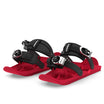
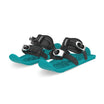












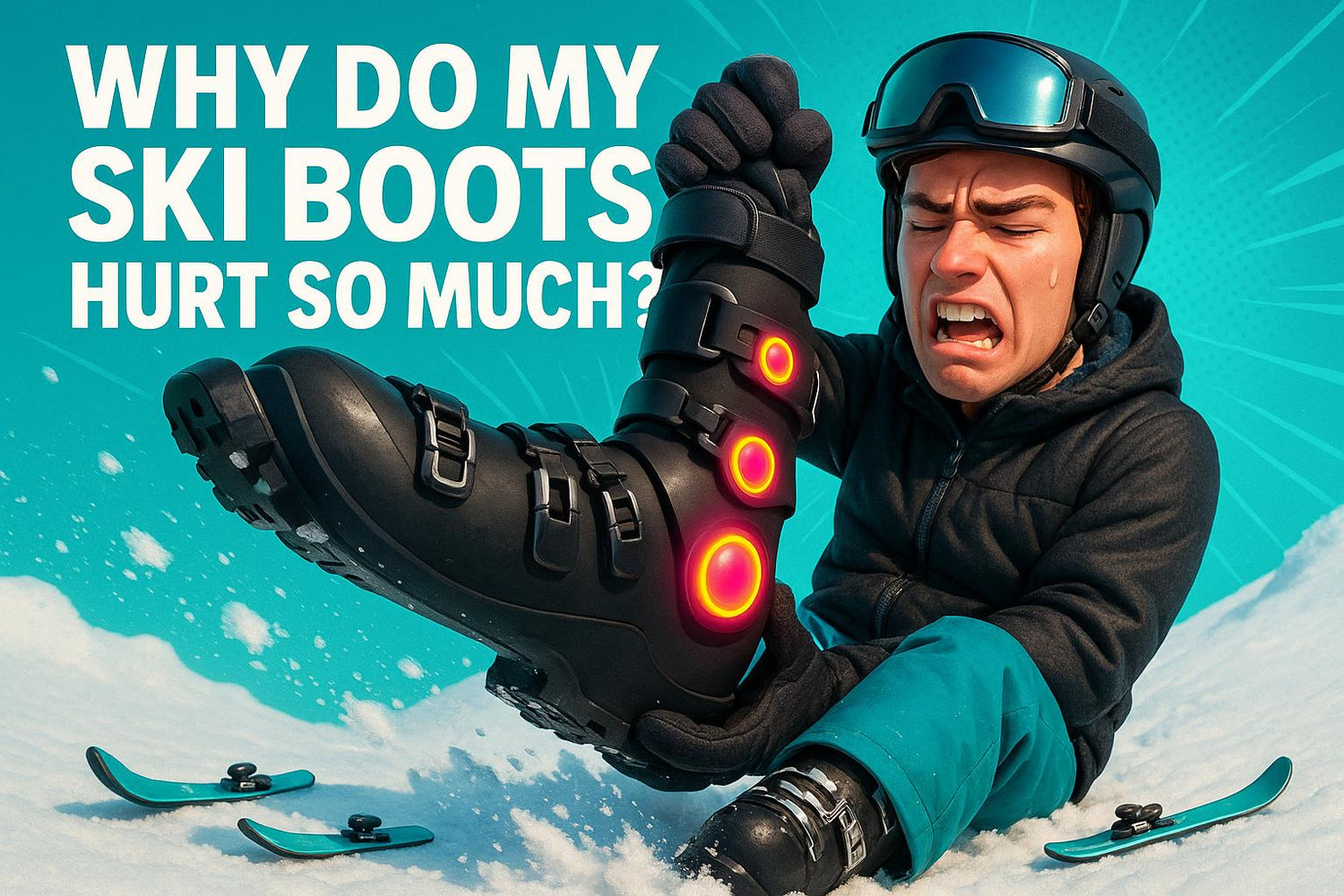

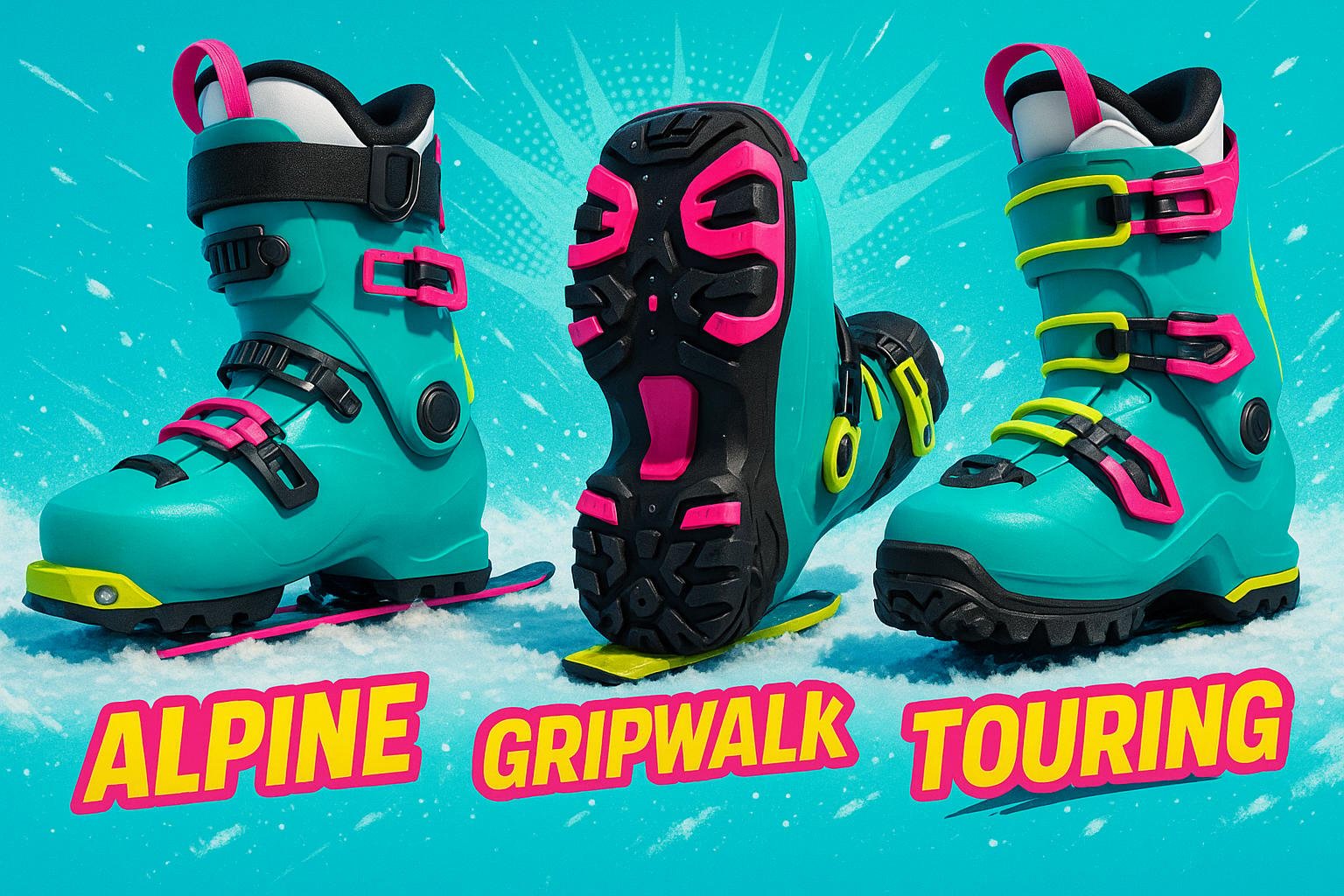




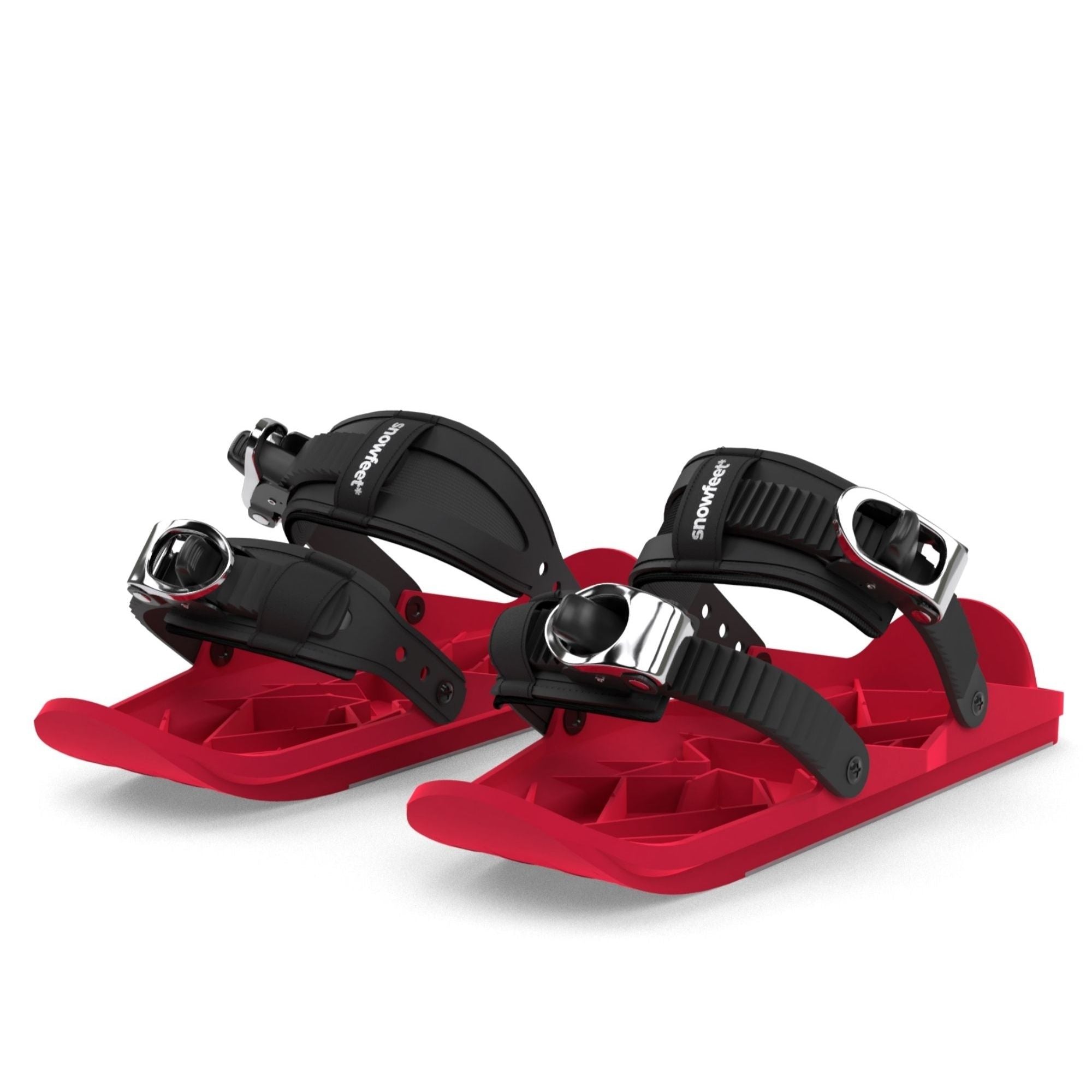
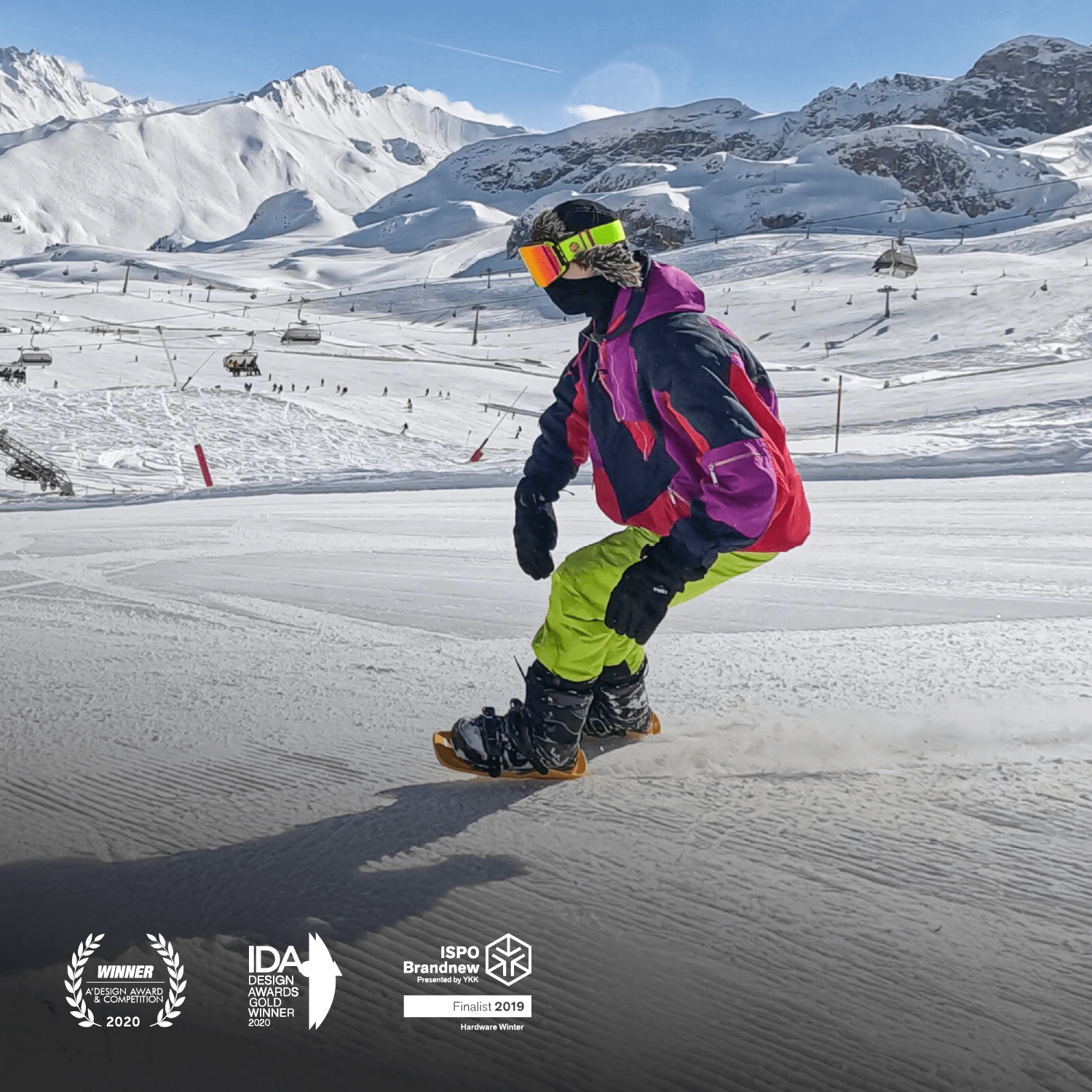




Leave a comment
This site is protected by hCaptcha and the hCaptcha Privacy Policy and Terms of Service apply.